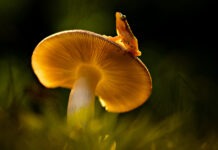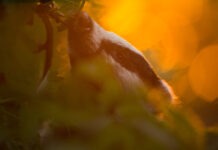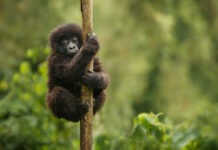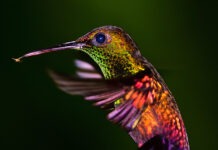Read time: 6 min
Is restoring vision truly about seeing again—or about inventing entirely new ways to witness the world? Across global research hubs, innovators are blurring the lines between biology, computation, and perception. This is not merely a story of medical rescue; it is the emergence of broader, richer ways to experience space, form, and connection.
Nature’s Laboratory: How Wildlife Inspires Vision Innovation
From bats expertly navigating by echo, to dragonflies with wide-angle compound eyes and mantis shrimp seeing colors beyond the human rainbow, nature has long served as a prototype for unlocking new ways of sensing the world. Today’s bionic eyes, AI-driven perception tools, and multi-sensory prostheses often borrow designs honed by evolution. Scientists and engineers draw on these “blueprints” as they seek to restore sight—and in some cases, even surpass it.
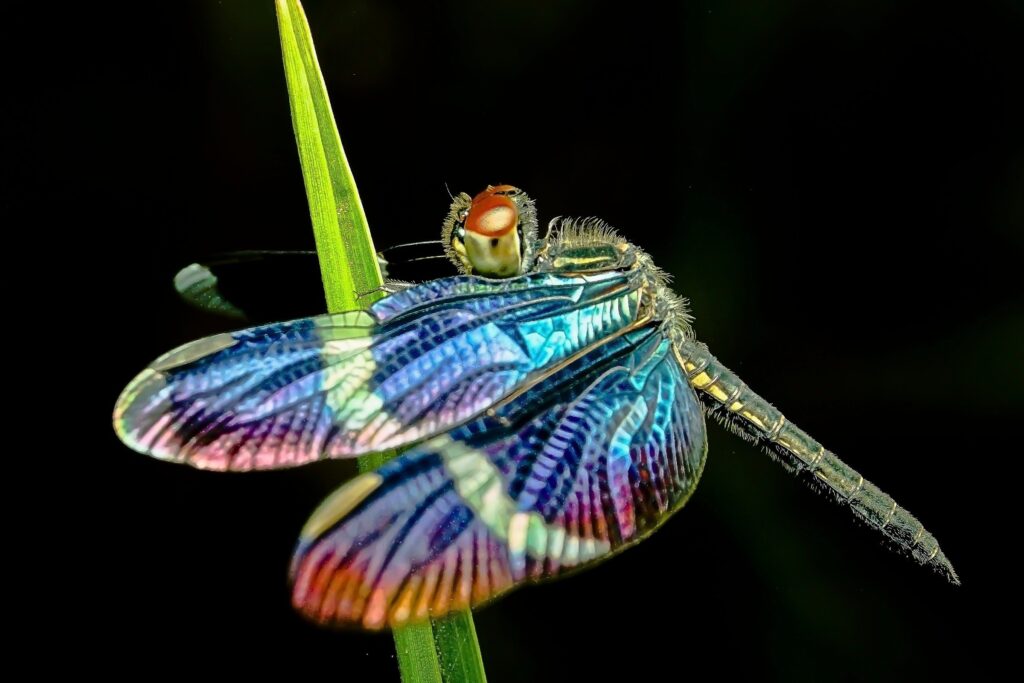
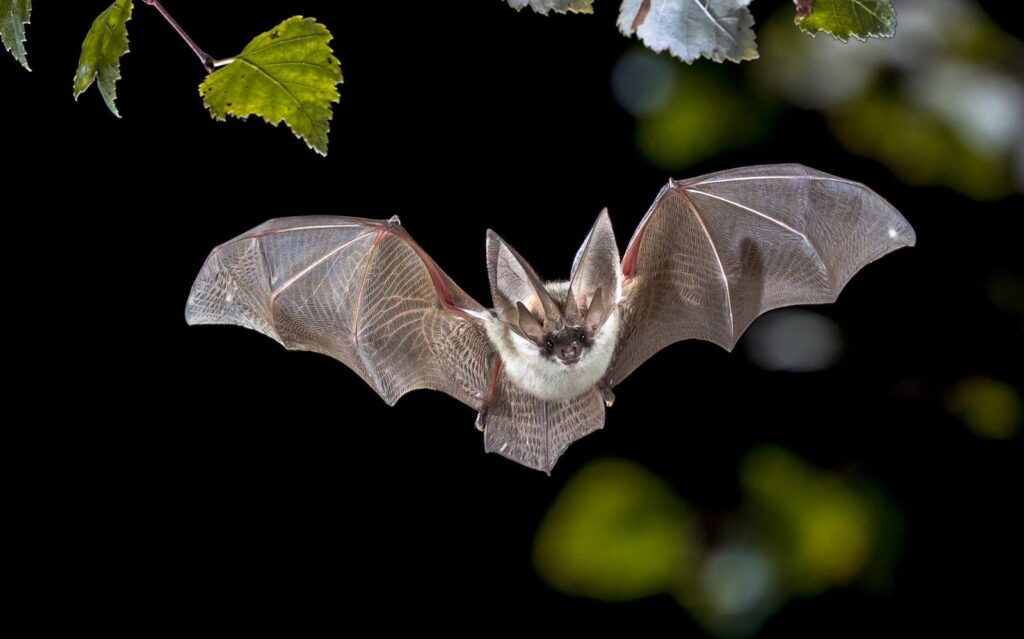
The compound eyes of dragonflies and the echolocation of bats have inspired groundbreaking advances in artificial vision and navigational aids for people with sight loss.
Rewired Vision: Bionic Eyes Move to Prime Time
For years, returning sight to those born blind or rendered blind by disease remained an aspirational goal in clinical research. In 2024, a decisive advancement was achieved: a second-generation bionic eye, tested over nearly three years, restored crucial spatial and object awareness to participants with late-stage retinitis pigmentosa. Developed by an Australian-led team—a collaboration spanning the Centre for Eye Research Australia, Bionics Institute, Bionic Vision Technologies, and partners—this system pairs a video camera on glasses with a 44-electrode retinal implant. The result is flashes of shape, edge, and movement vivid enough to support daily navigation and social engagement.
This approach has proven consistently stable: trial participants reported significant functional gains in orientation and independent mobility, with the device remaining effective and safe over more than two and a half years. No major surgical or technical complications were observed, and 97% of electrodes continued functioning nearly three years after implantation.
The Global Canvas: AI, Surgery, and the Brain–Machine Bridge
Elsewhere, remarkable advances are unfolding in parallel. In the UK, surgeons have used AI “Eyevatar” models—digital twins of a patient’s eye refined by deep learning—to enable corrective surgery that delivers visual acuity sharper than the usual 20/20 standard. At Stanford, code-based prosthetics replicate natural retinal signaling, aiming not only to restore but to approach genuine clarity and nuance in visual perception. Meanwhile, Neuralink (with FDA breakthrough device status since 2023) pursues direct brain-based vision by bypassing the eye altogether and stimulating the visual cortex.
Artificial Intelligence: Customizing the Visual World
The current wave of bionic and assistive vision devices is increasingly adaptive. AI-enhanced processing sharpens edges, amplifies contrast, and helps users recognize faces and objects in real time. Smart glasses, such as those from Envision, already read text aloud, describe surroundings, and provide auditory navigation—all demonstrating that “interpreted vision” now extends well beyond what the unaided eye can deliver.
Tech innovators now ask: Why not synthesize new senses by integrating optical, auditory, and tactile cues? With neuroscience, AI, and design converging, our understanding of a “visual field” is poised for expansion.
The Multisensory Mind: Beyond Biology, Toward New Ways of Sensing
Sight is only one way to map space. Many blind individuals develop human echolocation, using mouth clicks to interpret echo feedback, allowing them to judge the location, size, and material of obstacles. Neurological studies confirm that distinct brain adaptations underlie this skill and demonstrate that spatial awareness can rely as much on sound as on light.
Researchers actively look to nature for cues: just as bats use sonar to glide in darkness, and dolphins navigate with echolocation, these biological strategies inspire the development of assistive navigation tools and multi-sensory prosthetics for people with vision loss.
Inspired by these insights, designers and engineers are actively researching prosthetic systems that blend sight, sound, and even vibration—heralding a future where “vision” is a symphony of interpreted signals, tailored to each user’s needs.
Just as advances in vision technology often draw inspiration from the natural world, musicians like violinists develop their own version of nuanced spatial awareness through sound. A violinist doesn’t just play notes—they navigate and interpret the contours of a room, using subtle echoes and shifts in resonance to “sense” space and shape their music accordingly. This heightened acoustic perception parallels the way scientists and engineers are expanding what it means to see: both strive to create richer, multi-sensory maps of their environment, blurring the line between hearing and seeing, art and science.
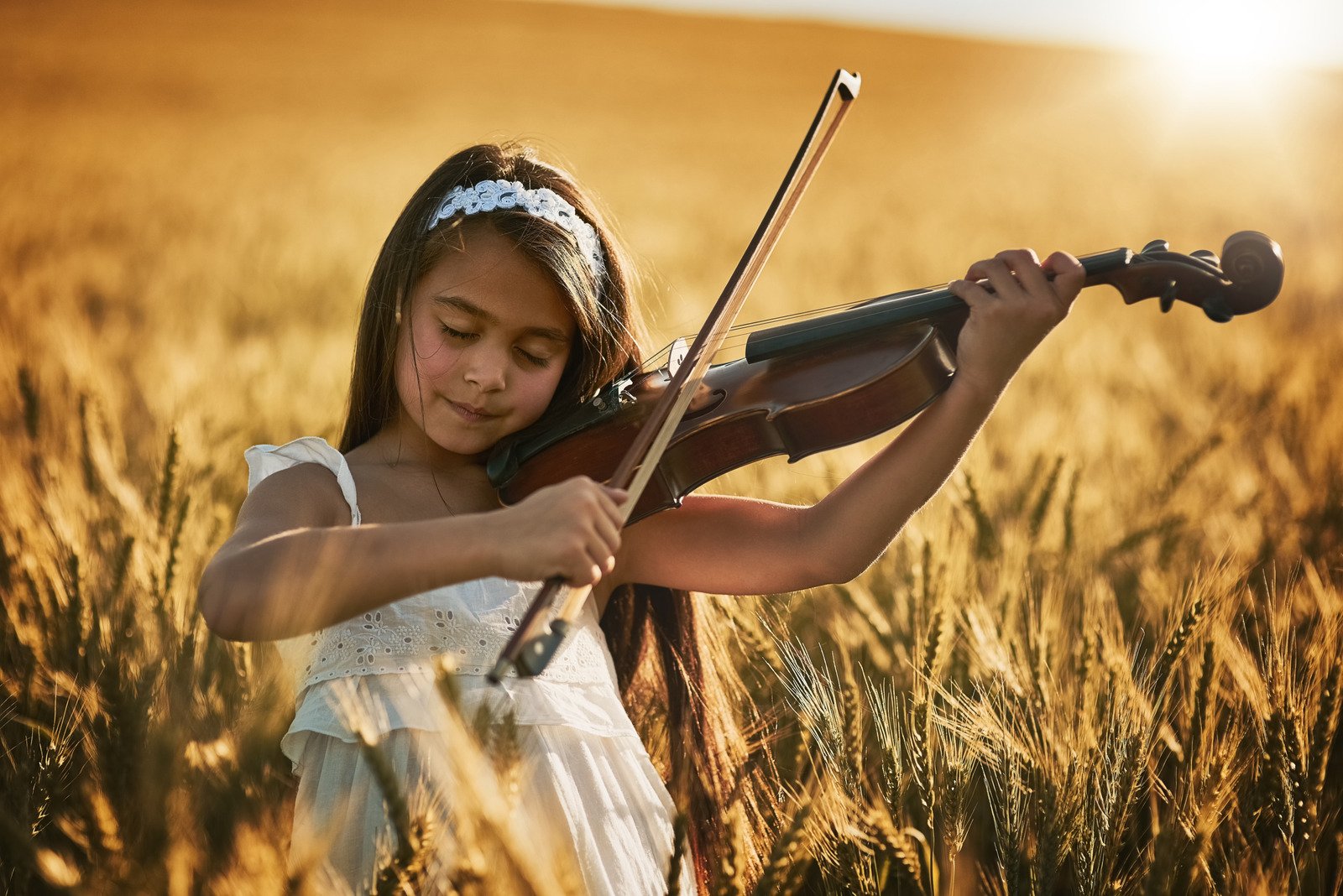
A Universal Question
For two million people living with inherited retinal diseases—and millions more with other forms of vision loss—the breakthrough is more than the recovery of sight. It is about forging new pathways for independence, mobility, and creative living. Whether through AI-optimized optics, brain-implanted interfaces, or multisensory navigation, the advancing frontier of vision technology is at once personal and philosophical.
We are no longer simply asking, “Can we restore sight?” The emerging question is: “How might we experience—and even redefine—the act of seeing, for everyone?”
Editorial note: As the boundaries between art, technology, and human care converge, the coming decade invites not merely the restoration of vision, but a reimagining of perception itself. Vision’s future is a shared space—claimed by engineers, artists, clinicians, and all who encounter the world through evolving means.
References
- Centre for Eye Research Australia. (2024). Bionic eye trial delivers hope for blindness. Retrieved July 2025, from https://www.cera.org.au/news/bionic-eye-trial/
- Ayton, L. N., Frosio, R., Barnes, N., Allen, P. J., et al. (2023). Safety and visual function at 24 months after implantation of a second-generation suprachoroidal retinal prosthesis. Ophthalmology Science. https://doi.org/10.1016/j.xops.2023.100374
- Bionics Institute. (2024). Clinical trial of Melbourne-made bionic eye. Retrieved July 2025, from https://www.bionicsinstitute.org/news/bionic-eye-trial/
- The Guardian. (2024, February 26). AI-guided laser eye surgery beats 20/20 vision. Retrieved July 2025, from https://www.theguardian.com/science/2024/feb/26/ai-guided-eye-surgery
- Stanford Medicine. (2023, March 7). Decoding retinal signals for sight restoration. Retrieved July 2025, from https://med.stanford.edu/news/all-news/2023/03/retinal-coding-artificial-vision.html
- Business Insider. (2023, November 22). Elon Musk says ‘vision is the first sense’ Neuralink aims to restore with brain chip, after FDA ‘breakthrough’ status. Retrieved July 2025, from https://www.businessinsider.com/elon-musk-neuralink-vision-blind-fda-breakthrough-status-2023-11
- Wang, C., Fang, C., Zou, Y., Yang, J., & Sawan, M. (2023). Artificial intelligence techniques for retinal prostheses: A comprehensive review and future direction. Journal of Neural Engineering, 20(1). https://doi.org/10.1088/1741-2552/acb295
- Envision Glasses. (n.d.). Retrieved July 2025, from https://www.letsenvision.com/
- Thaler, L., Arnott, S. R., & Goodale, M. A. (2017). Neural correlates of natural human echolocation in early and late blind echolocation experts. PLoS ONE, 12(12), e0189478. https://doi.org/10.1371/journal.pone.0189478
- Beyeler, M., & Sanchez-Garcia, M. (2022). Towards a smart bionic eye: AI-powered artificial vision for the treatment of incurable blindness. Journal of Neural Engineering, 19(6). https://doi.org/10.1088/1741-2552/aca69d
- Retina International. (n.d.). Facts and figures: Retinitis pigmentosa. Retrieved July 2025, from https://retina-international.org/resources/retinitis-pigmentosa/


